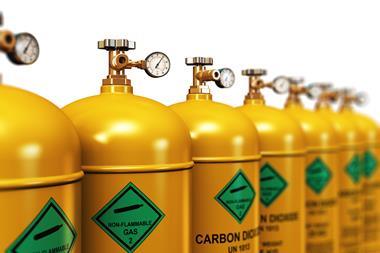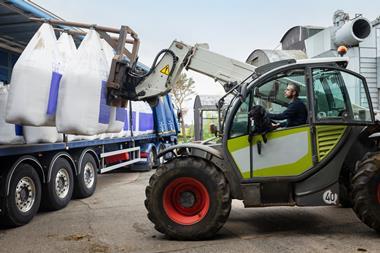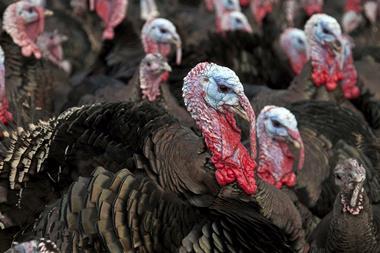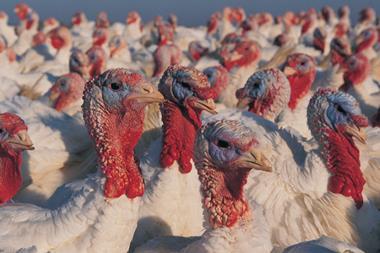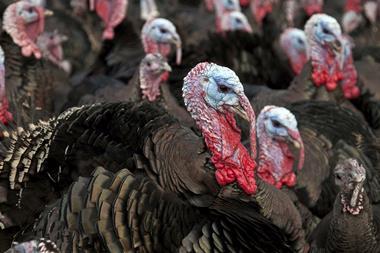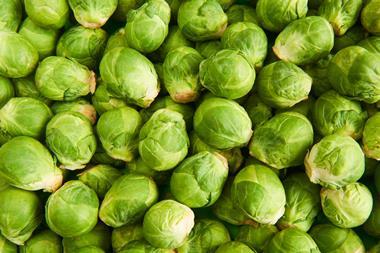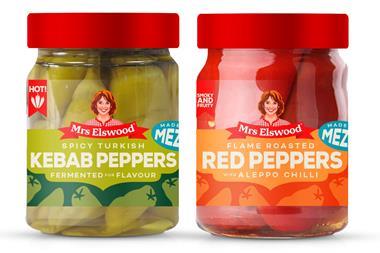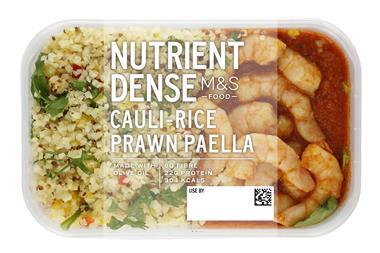
Amid ongoing concerns about the supply and rising cost of CO2 gas to the food sector, producers could be facing a potentially debilitating shortage of another unheralded input: sodium hydroxide.
Better known as caustic soda, supplies of the chemical compound are looking tight for the rest of the year, according to industry insiders.
In a letter seen by The Grocer, concerns about “significant disruption” to supply of the chemical were raised by the UK branch of a major continental food industry business. The business raised the matter following a declaration of force majeure by a major UK-based sodium hydroxide provider.
As a result, it said its supply of sodium hydroxide could fall by as much as half on normal levels for the remainder of the year. This would add “yet further costs onto supply chains and another problem food businesses would have to deal with on top of inflationary pressures and CO2 gas supply concerns”, suggested a senior food sector source.
While it is a key ingredient in domestic drain cleaner and a bleach component, sodium hydroxide is also widely used as an industrial cleaning agent across the meat and poultry sectors, both on farms and in slaughterhouses. Other applications include as a peeling agent in cured and tinned food, as a kneading agent in baking, as an alkaliser in drinks and as a component in the manufacturing of packaging.
Sodium hydroxide is “an important chemical that the whole of the food industry uses along with other sectors”, said David Lindars, technical operations director at the British Meat Processors’ Association, though he added he hadn’t yet “heard of any companies running short at the moment”.
Supplies of the chemical for the food industry have in the past largely been derived from byproducts of other inputs, such as plastics and polymers made for the car and construction industries. However, high energy prices have made it more expensive to produce plastics, reducing demand for chlorine and in turn the supply of caustic soda – which is produced as part of the chlorine-making process.
With inflation rising and economic growth stalling, the impact appeared to be further hitting demand for new cars and houses, with the knock-on effect of further reducing the availability of sodium hydroxide.
The Food Standards Agency last week contacted industry leaders about the matter, according to separate communications seen by The Grocer, asking whether alternatives to sodium hydroxide could be used in the event of a shortage.
Food producers have already been on edge due to concerns over shortages of CO2 gas – which is widely used in the meat and drink sectors – in the wake of recent warnings by US chemical giant CF Industries that it planned to close its only remaining UK plant on Teesside.
A tightening of supply has also led to significant increases in the cost of the input, with poultry giant 2 Sisters Food Group warning last month its CO2 gas costs had risen to £1m a week.
As with sodium hydroxide, CO2 gas supplies for the food industry are mainly byproducts of the manufacture of more lucrative inputs. Carbon dioxide supply is largely spun out of the production of ammonia for fertiliser, which itself has soared in price over the past year due to export bans by China and Russia and more recently the latter’s invasion of Ukraine – which in turn led to more expensive gas, a key fertiliser component.







